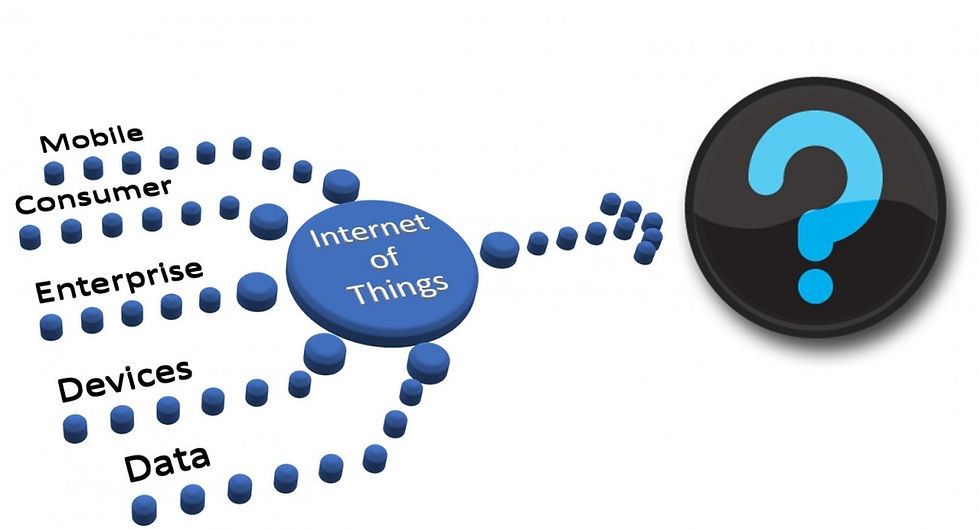Data Centers – the Real Powerhouse Behind the IoT
Open Research
By Chris Drake
Do you have a question about this research

By now everyone has heard the predictions relating to the economic and social impact of the Internet of Things (IoT). The anticipated proliferation of sensor-equipped objects is predicted to generate somewhere in the region of US$19 trillion globally by 2020. Meantime the potential to transform everyday lives is arguably boundless with specific applications ranging from the home to offices, factories, farms, transportation networks, hospitals and retail establishments. However, while most peoples’ focus continues to be on the ‘things’ that will make up the IoT, its real success – including its ability to grow in line with predictions and be more than just a gimmick – will depend on the data center the real powerhouse behind IoT.
In order for the IoT to work, masses of data will need to be captured, transported, processed, stored, analysed and responded to, with much of these activities requiring real time reactions. It is in the data center that these activities will be facilitated, coordinated and automated. Preparing for the growth of the IoT and ensuring that enterprises are not only able to handle its additional pressures but can also capitalise on its potential opportunities, will require a considerable overhaul of existing data center architectures and technologies. One the one hand, data center operators will need to able to manage growing (and often fluctuating) demand for data center capacity and resources – including both IT and power and cooling resources. This will require both a technical and a strategic response with implications for data center architectures as well as infrastructure management strategies. On the other hand, operators will need more effective tools for monitoring, analysing and managing the relationship between their data centers and the myriad of sensor-equipped objects that will drive IoT traffic.
Data Center Infrastructure Management (DCIM) has emerged as a critical tool for helping enterprises manage their response to the IoT. DCIM software helps data center managers monitor and analyze information about the operational status of their facility and the use of resources such as space, power and cooling. By helping enterprises ensure that their data center and IT resources operate efficiently and at optimal levels, DCIM allows them to harness the benefits of the IoT, as well as helping them manage the impact of rising data volumes on their resources and infrastructure.
Without an effective infrastructure management roadmap – which includes not only the ability to manage and respond in real time to changing resource demands but also the ability to process and store data as part of a data analytics strategy – enterprises will struggle to make a success of the IoT. However, there is another way of understanding the relationship between the data center, DCIM and the IoT. This is the idea that a DCIM-equipped data center can be seen as an example of the IoT in action. Based on a network of embedded sensors within the data center, DCIM is able to capture real-time information on the status of things such as PDU power levels or the temperature levels and airflow within individual data center aisles. This data is then converted into operational metrics that can be analysed with a view to improving resource capacity, efficiency and availability. The scope of DCIM also extends to things such as cabling and networking resources, as well as security, lighting and fire suppression equipment.
Some data center operators are now exploring the possibility of extending the network of connected devices and objects to include the people who visit and work in the data center on a daily basis. Human applications of the IoT within the data center include the use of visitor card sensors for enhanced security monitoring. They also include the potential to establish and maintain visibility into the location of facility and IT staff. With improved visibility into the location of its staff, data center managers can identify staff members that can be dispatched to investigate incidents or handle urgent maintenance. This staff visibility tool can be likened to the taxi service request app Uber. Uber presents users with a screen showing the real-time location and movement of individual drivers, including the number of minutes it will take for a requested driver to reach their pick-up point. This provides users with an additional level of reassurance that their request is being dealt with in a timely manner.
However we view DCIM – as a tool for helping enterprises manage new IoT-related pressures on their data center resources, or as an example of the IoT in action – there is a growing consensus around the understanding that an effective enterprise strategy for managing the challenges and tapping the benefits of the IoT has to start in the data center. It is in the data center – the real powerhouse behind the IoT – that the successes and failures of this emerging phenomenon will be determined.
Data Centers – the Real Powerhouse Behind the IoT
By Chris Drake






